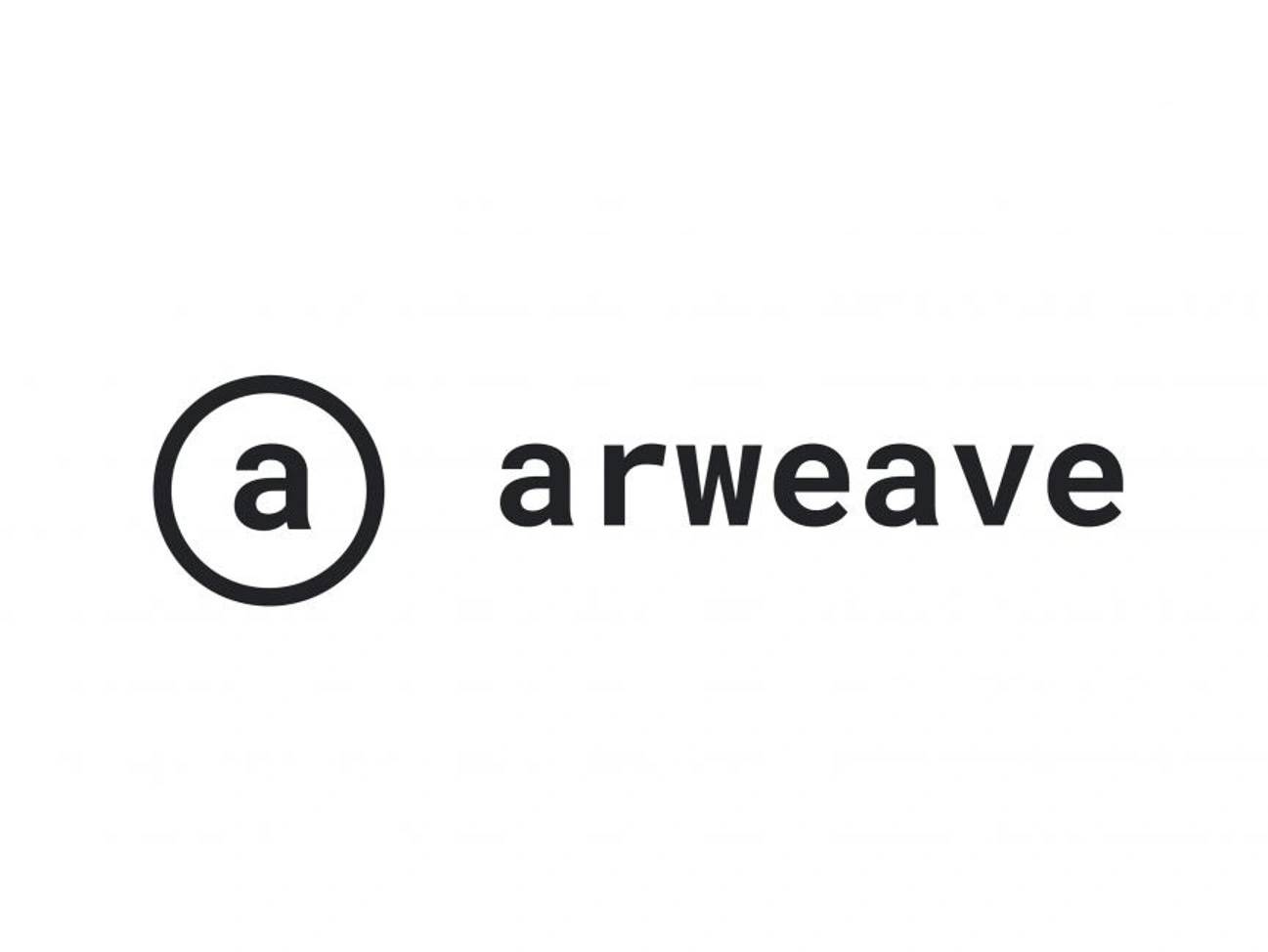위키 구독하기
Share wiki
Bookmark
Arweave
Arweave
Arweave(아위브)는 사용자가 데이터를 블록체인에 영구적으로 저장할 수 있도록 하는 분산형 웹 저장 프로토콜입니다. 이 저장 메커니즘은 사용자와 개발자에게 안전하고 영구적인 데이터 저장 솔루션을 제공하는 글로벌 영구 하드 드라이브를 제공합니다. Arweave 네트워크의 기본 암호화폐는 $AR이며, 네트워크 참여자에게 인센티브를 제공하는 데 사용됩니다. [1][21]
History
Sam Williams(샘 윌리엄스)와 William Jones는 켄트 대학교에서 박사 학위를 공부하는 동안 Arweave를 공동 설립했습니다. Williams(윌리엄스)에 따르면, 그는 스코틀랜드의 산을 오르다가 이 아이디어를 떠올렸고, 기술적인 세부 사항을 도와준 Jones에게 이 아이디어를 제시했습니다. 그들은 2017년 6월 28일 Archain이라는 이름의 프로젝트를 위한 기술 회사를 설립했습니다. [2][3][22]
2018년 2월에 이름이 Arweave로 변경되었고, Arweave 메인넷은 2018년 6월에 출시되었습니다. Sam Williams는 회사의 CEO를 역임하고 있습니다. [3][22]
2019년 11월 6일, Arweave는 Andreessen Horowitz(앤드리슨 호로위츠)가 주도하고 Union Square Ventures(유니온 스퀘어 벤처스)와 Multicoin Capital이 참여한 시드 라운드에서 500만 달러의 투자를 유치했습니다. 2019년 3월 5일 Andreessen Horowitz(앤드리슨 호로위츠)가 주도하고 Coinbase Ventures(코인베이스 벤처스)가 참여한 또 다른 시드 라운드에서 총 800만 달러를 조달했습니다. [22]
Initial Coin Offering (ICO)
Arweave의 ICO는 2018년 6월 3일에 시작되었으며, 4일 만에 Arrington XRP Capital, 1kx, Benjamin Kong, Coefficient Ventures Grand Renfield One의 지원을 받아 총 8,700,000달러를 조달했습니다. 당시 $AR 토큰의 가격은 0.73달러였으며, 총 공급량의 20.6%가 이 라운드에 할당되었습니다. [6]
그 이전에 Arweave는 2017년 8월에 토큰 사전 판매 행사를 개최하여 초기 생성된 토큰 공급량의 10.8%를 판매했으며, 2018년 5월과 6월에 각각 공급량의 7.1%와 1.1%를 판매하는 두 차례의 공개 판매를 완료했습니다. 회사는 사전 판매에 19.5%, 프로젝트 자문위원에게 2.9%, 팀에게 13%(5년간의 락업 기간 적용, 매년 20%씩 해제), 생태계 개발에 19.1%, 향후 프로젝트 사용에 26.5%(5년간의 락업 기간 적용, 매년 20%씩 해제)를 할당했습니다. [19]
Technology
Arweave는 인터넷을 보완하는 시스템으로, 블록체인 접근 방식을 사용하여 변경할 수 없는 데이터를 영구적으로 저장하고, 토큰 인센티브를 사용하여 지속 가능성을 달성합니다. 분산형 저장 목표를 달성하고 확장성, 느린 성능, 높은 거래 수수료와 같은 현재 블록체인 문제를 해결하기 위해 BlockWeave, Proof of Access, Wildfire, BHL, WL, BlockShadows를 포함한 기술을 도입했습니다. 이러한 기술적 요소들은 서로 보완하여 Arweave에 대한 솔루션을 형성합니다. [11]
BlockWeaves
Arweave는 Bitcoin과 같은 기존 블록체인과는 구조적으로 다른 BlockWeaves라는 핵심 기술을 기반으로 구축되었습니다. 일반적인 블록체인에서는 트랜잭션이 포함된 블록이 선형으로 연결되어 체인을 형성합니다. 그러나 BlockWeave 네트워크에서는 데이터가 포함된 블록 집합이 여러 이전 블록에 연결되어 체인보다는 데이터 구조에 가깝습니다. [10]
Arweave 네트워크에서 각 블록은 두 개의 이전 블록, 즉 체인의 이전 블록과 블록체인의 이전 기록에서 가져온 '재호출 블록'에 연결됩니다. 이는 선형 체인이 아닌 블록 직조라는 더 복잡한 그래프 구조를 만듭니다. '재호출 블록'의 선택은 이전 블록의 높이와 이전 블록의 높이에 따라 결정되므로 결정론적 접근 방식입니다. 그러나 직조의 블록 기록에서 블록을 선택하는 것은 예측할 수 없습니다. [10]
Proof of Access
Arweave에서 사용하는 합의 메커니즘은 Proof of Access(PoA)와 Proof of Work(PoW)의 조합입니다. 일반적인 PoW 시스템에서는 다음 블록이 이전 블록에만 기반하여 생성되지만, PoA 알고리즘을 사용하면 이전 블록의 데이터를 결합하여 재호출 블록을 무작위로 선택합니다. 현재 블록의 해시 값을 가져와 현재 블록의 높이에 대한 모듈러스를 계산함으로써 재호출 블록을 선택하여 다음 블록에 병합할 수 있습니다. 이러한 접근 방식은 마이너가 블록체인을 형성하는 모든 블록을 저장할 필요가 없다는 장점이 있습니다. [10]
Upgrade to SPoRA
2021년 2월 24일, Arweave 네트워크는 Succinct Random Proofs of Access(SPoRA) 합의 메커니즘을 사용하도록 업그레이드되었습니다. 이것은 합의 메커니즘의 한 유형이며, 블록 633720까지 Arweave는 Proof of Access(PoA)를 실행하고 있었습니다. 블록 633719는 업그레이드 전 Arweave 네트워크의 마지막 PoA 블록이었으며, 처음 채굴된 SPoRA 블록은 633720입니다. [12]
이 업그레이드는 데이터 검색을 더욱 경쟁력 있게 만들고 네트워크 유지를 위해 필요한 에너지를 줄이기 위한 것입니다. SPoRA의 아키텍처는 유지 관리에 필요한 에너지가 적기 때문에 마이너의 오버헤드 감소뿐만 아니라 전반적으로 더 효율적인 시스템을 제공합니다. [12]
잘못된 내용이 있나요?
